Review
Ford’s smallest van has taken a big step into the electric era with the arrival of the E-Transit Courier.
Based on the well-liked Ford Puma SUV platform, the Courier is bigger, better and more capable than the previous Fiesta-based model it replaced. The electric version keeps things simple, dropping the petrol and diesel engines for a single electric motor and battery option and a choice of just two well-equipped trim levels.
Every E-Transit Courier is powered by a 136hp electric motor, drawing energy from a 43kWh battery pack. The official WLTP range is up to 181 miles, slightly short of the 205 miles offered by Stellantis rivals like the Citroen e-Berlingo and Vauxhall Combo Electric, but Ford says it’s enough to meet the needs of 86% of compact van users.
During our testing, with a couple of hundred kilos in the back, the onboard computer indicated we returned 4.1 miles per kWh, suggesting a range of 176 miles. Not bad.
An 11kW onboard charger allows for a full recharge in around 5 hours 40 minutes using three-phase AC power, or a little over seven hours on a 7.4kW home charger, which makes charging overnight at home a piece of cake. For rapid top-ups, the van supports 100kW DC charging, getting from 10% to 80% charge in 23 minutes, subject to lots of caveats about temperatures, charger performance, and so on.
Performance is lively, with instant torque making city driving easy, while regenerative braking (selectable via a column stalk) allows for relaxed one-pedal operation, once you get used to it. The Courier also handles well, offering a car-like ride and accurate steering, thanks to its Puma-based underpinnings.
The cabin is modern and functional, with a 12.0-inch touchscreen running Ford’s latest Sync4 infotainment software, with Apple CarPlay and Android Auto standard across the range. A matching digital instrument panel adds a touch of high-tech panache and allows for a useful degree of personalisation.
The van’s two-seat layout provides good space for occupants, helped by a gear selector moved to the steering column. Taller drivers might find legroom a little tight, as the bulkhead prevents the driver’s seat from sliding back as far as you might like, but most will find the driving position comfortable enough.
There’s ample storage around the cab, including between the seats, although not all cubbies are covered.
Standard kit is generous. Trend models include cruise control, climate control, and parking sensors, while Limited adds heated seats, a heated windscreen, navigation and upgraded wheels. Importantly, Ford fits a full suite of safety systems as standard across the range, including lane-keeping assist, adaptive cruise control, and pre-collision assist. The Courier also offers a strong safety record, having achieved a top rating from Euro NCAP testing. There’s no reason to assume that wouldn’t be carried over to the electric E-Transit Courier.
Ford is targeting owner-drivers, small fleets and urban delivery operators making their first move to electric, and it’s a practical choice for those needing compact dimensions without sacrificing load space.
It offers 2.9m³ of cargo volume — just behind the slightly larger Stellantis small vans — with a maximum load length of 1,803mm, extending to 2,661mm with the optional load-through bulkhead. That’s enough space to accommodate two Euro pallets and some extra-long items, such as fence posts.
Payload is competitive at up to 698kg, although that’s around 80kg less than the best Combo Electric. The Limited spec gives away another 16kg thanks to its increased specification. Unusually, the E-Transit Courier’s payload limits are higher than those of the regular petrol or diesel-driven van, unless you splash out on the Higher Payload option. Braked towing capacity is 750kg.
Access is via a sliding side door and twin rear doors that open to 180° or 270°. A front storage compartment offers an extra 44 litres for smaller items like charging cables or safety equipment.
The low height makes multi-storey car parks and city centre access less stressful, while tight turning circles and light steering at low speeds make manoeuvring easy. It ticks a lot of boxes for urban fleets that need versatility without moving up to a larger, less efficient vehicle.
Pricing starts at £27,000 for the Trend spec, excluding VAT, which means it undercuts its Citroen, Peugeot, and Vauxhall rivals — that’s around £6,000 more than an equivalent petrol model, but the government’s plug-in van grant will currently reduce that by £2,500. An extra £1,000 gets the plusher Limited model, with heated seats, steering wheel, mirrors and windscreen — worth every penny!
Service intervals are every two years with no mileage limit, which should keep downtime and maintenance costs low. However, Ford’s standard warranty cover is limited to just three years or 60,000 miles, which is rather stingy compared to rivals that can stretch coverage to 10 years, and will see many vans out of warranty before they’ve been defleeted.
Still, the Ford E-Transit Courier successfully brings electric power to the smallest end of the van market without compromising on practicality, drivability or quality. It’s easy to drive, well-equipped, and sensibly priced for fleets and SMEs looking for a compact electric solution.

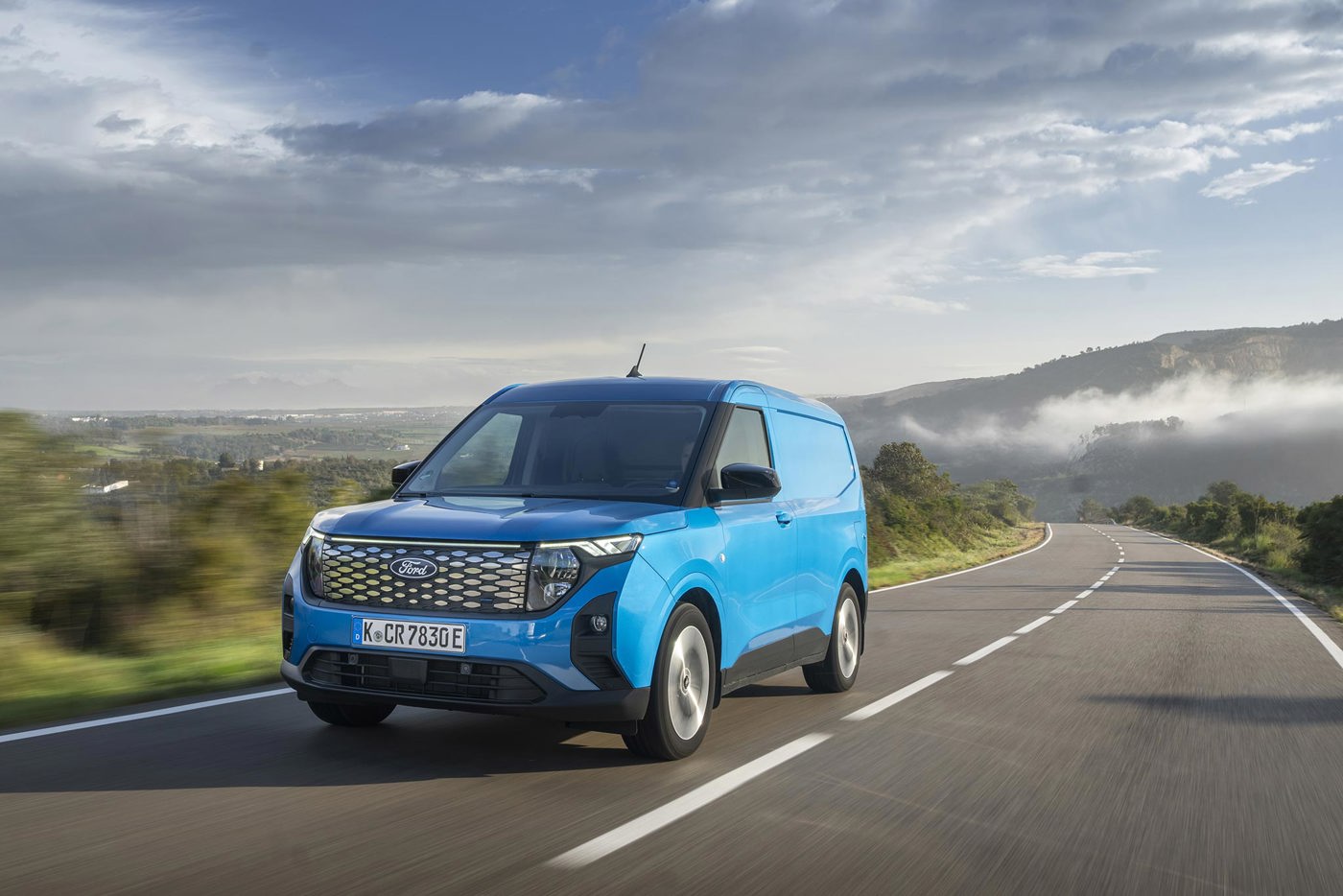










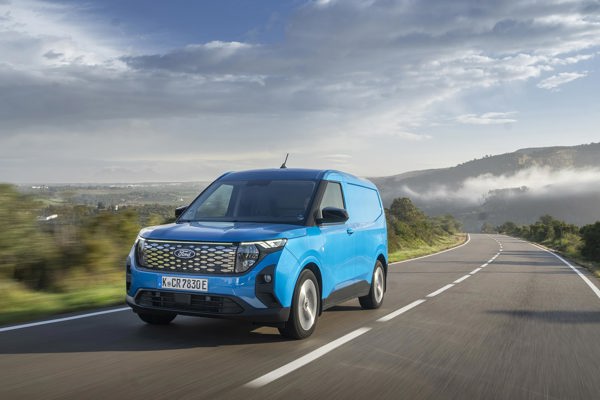
 Diesel
Diesel
 Petrol
Petrol
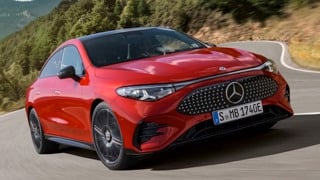
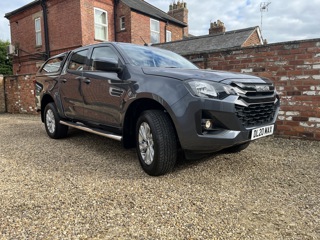

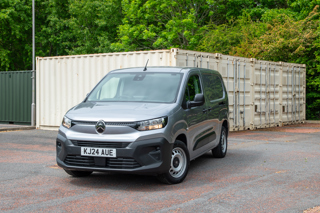
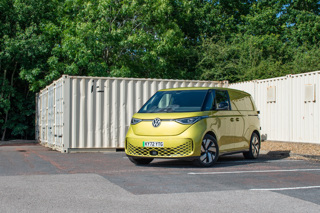












Login to comment
Comments
No comments have been made yet.